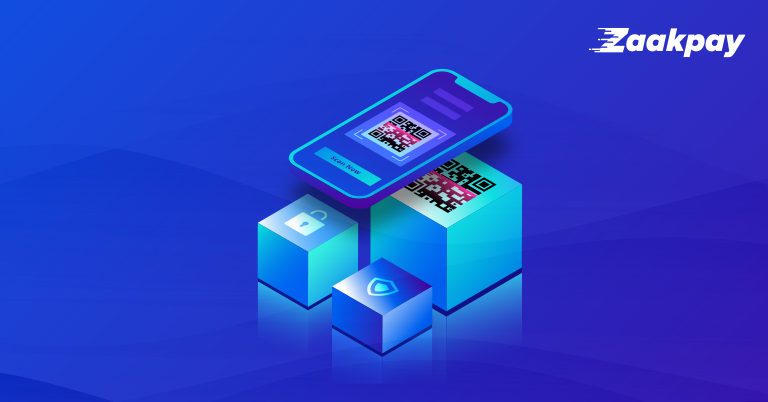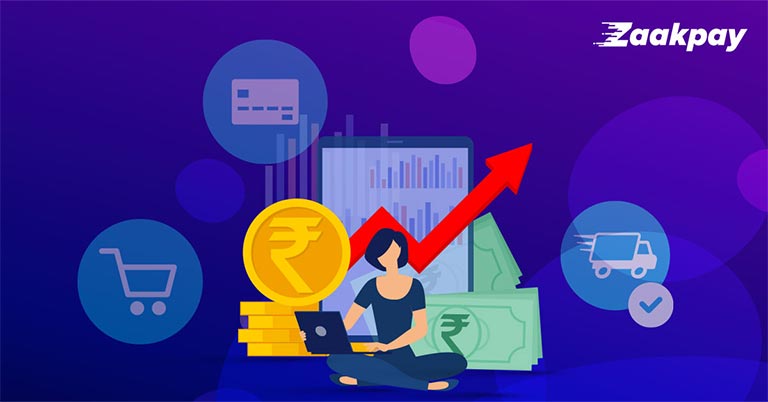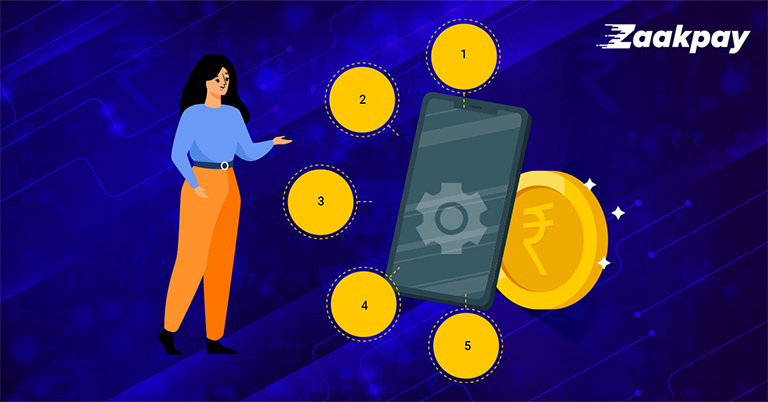QR codes are one of the most effective tools to empower offline businesses, especially in the face of a global pandemic when businesses of all types have taken a hit. The versatility of QR codes across different processes is highly unparalleled. Among all its benefits, QR code payments are the most common.
The Role of QR Codes in Offline Marketing
As per a KPMG report, 68% of the current 51 million small and medium businesses in India have only an offline presence. This may not be good news since the economy is headed towards a cashless future. Businesses depending only on cash transactions can get severely hit and report dwindling sales. This pushes an increasing number of companies to upgrade their marketing and payment techniques to meet the changing situation. In this quest to regain the lost ground, scan and pay facilities can play a big role.
QR Codes Help Enhance Retail & Marketing Experiences
Customers cherish their experience shopping with a business. A good experience defines whether the customer would make a recurring purchase or not. With QR codes, merchants can enhance their retail experience to leave a good impression on the customers. Newer technology allows integrating AI with QR codes such that customers don’t have to try a product before purchasing it. They can scan a code associated with the product and try it virtually through augmented reality using their smartphone’s camera.
QR codes can also be used to show additional information about products. This can include the minute details about the product. Customers can be given a direct option of the scan to pay using the QR code. With these features, businesses can improve the customer experience and attract more customers. They can also save up on labor costs by reducing product try-ins and queries.
Converts One-time Customers to Repeat Buyers
Offline businesses, especially, have difficulty retaining customers due to high competition and proximity from the shopper. No business wants a customer to purchase from them once and never return. With QR codes, however, they can solve this to a great extent. A merchant QR code can be attached with the product that shows the business catalog. The packaging of the product can be customized with a QR code that offers exciting discounts or rewards on the next purchase. With assured offers on the next purchase, customers can be brought back to the store.
Merchants can also attach QR codes for further purchase. If the offline business supports home delivery, the business needs to provide a QR code along with the product. An all-in-one payment QR code can be attached to enable the direct ordering of products.
Build Brand reputation
For new businesses, building a brand reputation becomes an important yet difficult task. The best method to build reputation is through testimonials. However, the problem is that it is not easy to convince customers to give testimonials or feedback. Most of them don’t provide feedback because it takes a lot of time to find the business page on social media.
A scan and pay feature can be utilized for this purpose as well. After they make the payment, the customer can be directed to a business’s social media page and requested to give feedback. This way, the shopkeeper won’t have to provide the social media link but just verbally request the feedback.
The graphical look of a QR code can also be used for brand reputation. It can be designed to follow the brand’s guidelines, color schemes, and logo. As customers would scan to pay, the look and feel would get imprinted in their minds.
Streamline mobile payments
The popularity of e-payments is on the rise because they are much more convenient than other forms of payment like cash and cards. With applications based on UPI and mobile wallets, customers can directly pay through the phone without any hassle. Businesses can accept payments through all types of mobile applications using one QR code for all payments.
With services like Zaakpay, businesses can support more than 100 popular payment methods. Offline businesses won’t need to sign up for all types of payment services anymore. Moreover, they would get the transaction history of all payments in one place. Customer satisfaction would also increase as they would just have to scan the merchant’s QR code to pay. They would then be taken to a secure payment gateway that supports all their preferred modes.
Contactless QR Code Provide Safe and Secure Transaction
Cash transactions are no longer safe during the pandemic. A single note is transferred from one person to another multiple times in the market. It is virtually impossible to say if a particular note is free of harmful viruses. They can pass on the virus from the customer to the merchant. An all-in-one payment QR code is relatively much safer through its contactless payment procedure. Neither the customer nor the merchant would have to come near each other or exchange cash.
It also transfers the payment directly to the merchant’s bank account, which is more secure than keeping cash with oneself. The merchant is excused from traveling to the bank to deposit the earnings. This further reduces the number of people the merchant contacts, thereby making QR code payments safer.
The Takeaway
Contrary to popular belief, the spike in online shopping trends is not exactly a threat to offline business. It is a clarion call for offline businesses to integrate the productive aspects of online business into them. The starting point should be their robust payment solutions. Offline businesses can sign up with services such as Zaakpay to get one QR code for all payments. This can significantly bridge their gap with online businesses.
Follow Us on:

